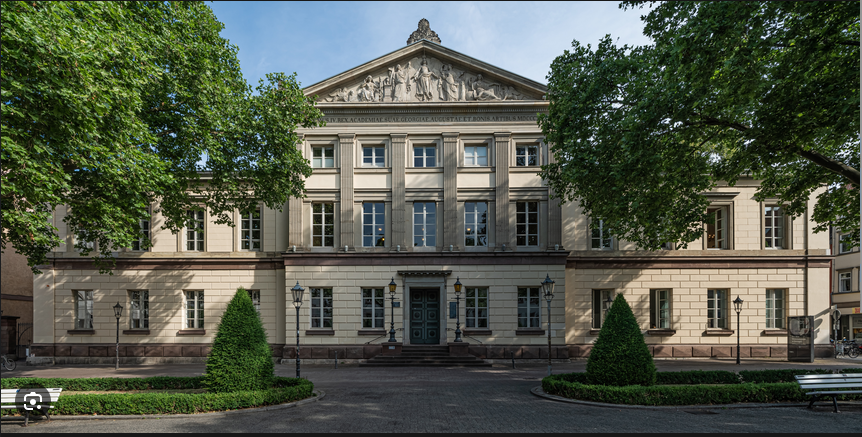Speaker
Description
Food systems generate about one third of global greenhouse gas (GHG) emissions. At the same time, agriculture and agri-food supply chains are highly vulnerable to the impacts of climate change. Without reducing emissions from agriculture, food production, and land use change it will not be possible to stabilize the climate and keep the increase in global temperature below 1.5 degrees centigrade from pre-industrial levels. Soil degradation and deforestation caused by land use for agriculture have severely reduced nature’s capacity to act as a sink for absorbing GHG emissions. About 50 percent of agricultural emissions (in CO2eq) comes from methane, a super potent GHG, much of it coming from livestock production and rice cultivation.
Global scenario analysis suggests that, without drastic policy change, emissions will continue to grow rapidly. Ready-to-use technologies and sustainable farming practices exist that are climate resilient and have great potential to reduce emissions. Yet, such practices face low adoption rates and lack adaptation to local contexts. Existing public support policies provide the wrong incentives for adoption and fail to promote investment R&D for adaptation and packaging of ‘green” innovations.
This presentation reviews options for policy reform that would accelerate the adoption of sustainable practices and simultaneously pursue the objectives of climate protection and food security. Traditional approaches, like carbon taxes, are much less suited to agriculture where most emissions are not from combustion and are it is much more difficult to create incentives to change production techniques. The presentation therefore explores a range of potential options. The challenges of reform are also apparent in proposals for reforming (‘repurposing’) the vast existing public support (over US$800 billion per year) provided by governments worldwide to farm sectors and consumers. It can be shown that not only carbon taxes on agricultural production, but also rearranging agricultural subsidies to shift support towards low-emission agricultural commodity production at best have only very small impacts in terms of improving human and planetary health. Likewise, approaches that combine direct farm payments to adoption of organic farming practices (akin to payments for environmental services, PES) can be counterproductive if the environmental practices prove to lower yields and hence increase demand for agricultural land use and hence for land use change. Instead, investing more in R&D for sustainable intensification of agriculture focused on productivity enhancing innovations and their adaptation to local contexts combined with incentives (such as through PES) for the adoption and low-emission improvements in value chain efficiency (e.g., solar-powered cooled storage and transportation) have high potential to generate major efficiency gains, drastic reductions in emissions and improved food security. Therefore, policy makers should consider combinations of policy interventions to realign market incentives for the adoption and diffusion of climate resilient and emission reducing practices.

